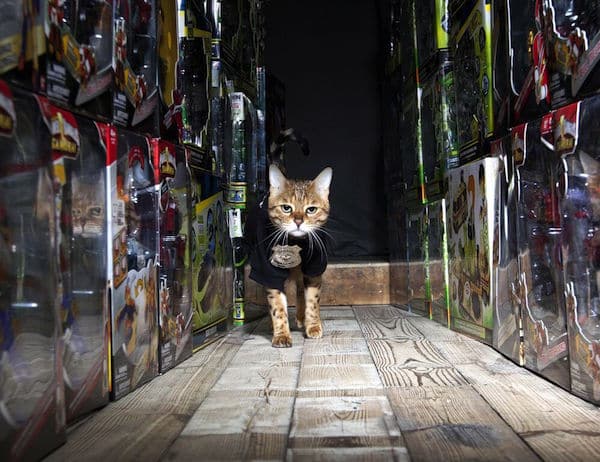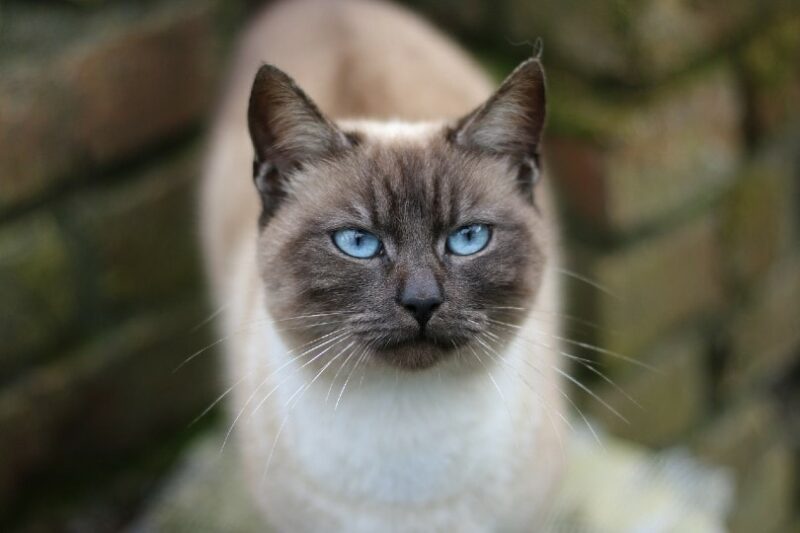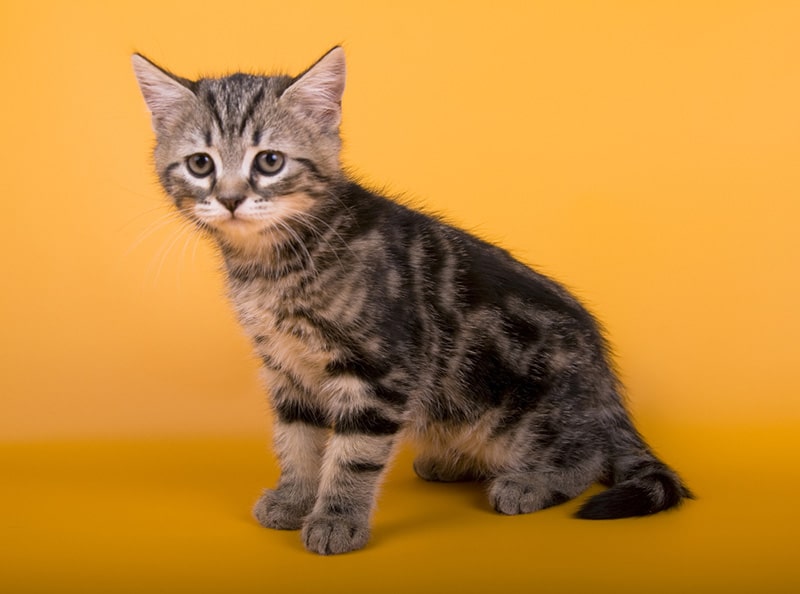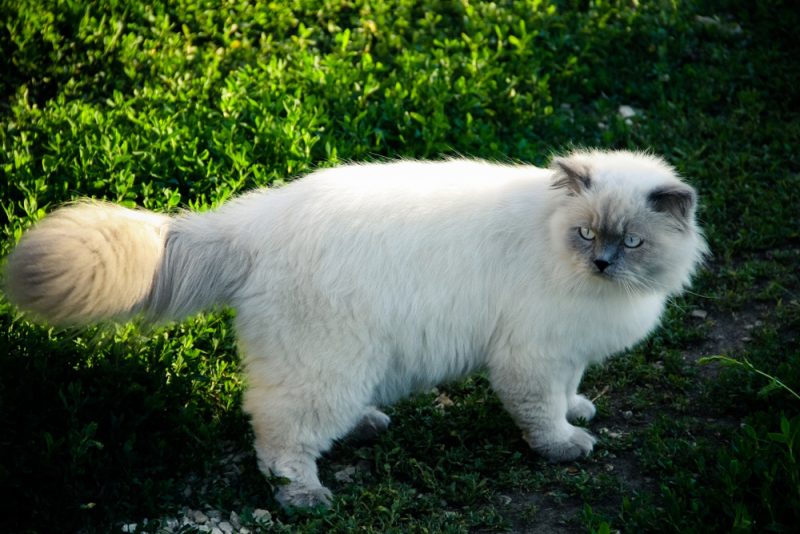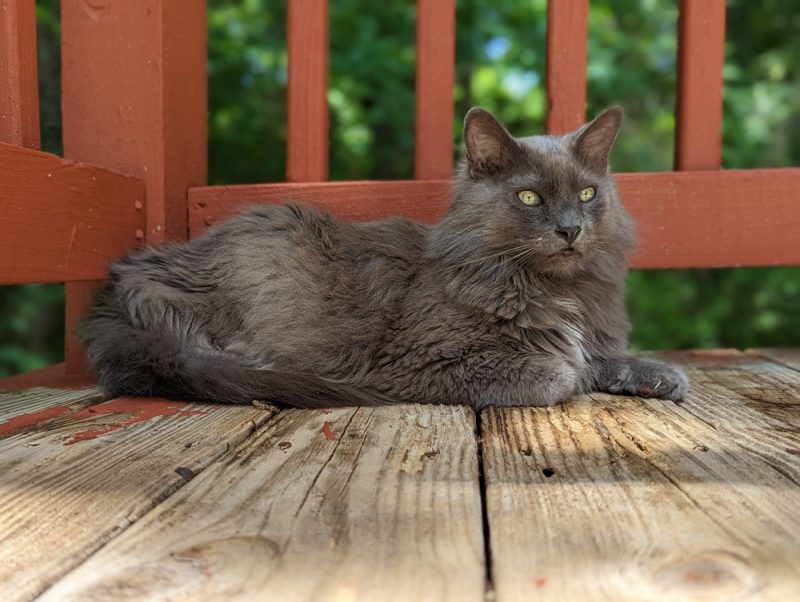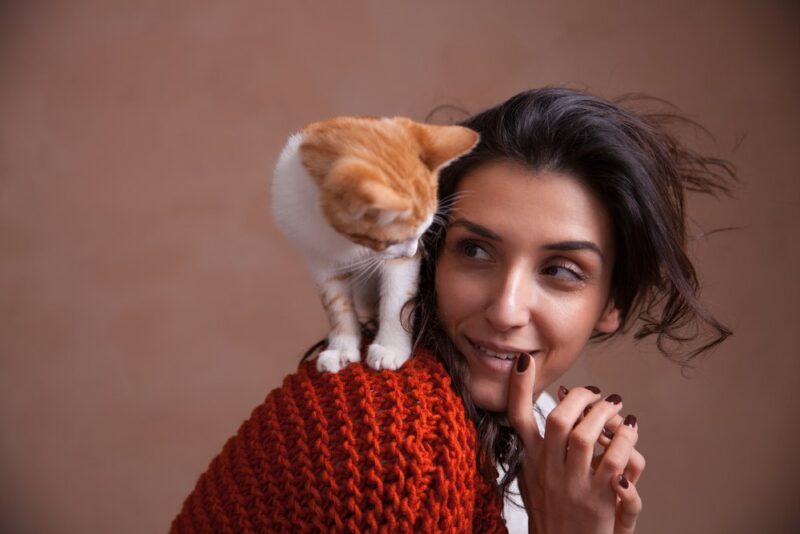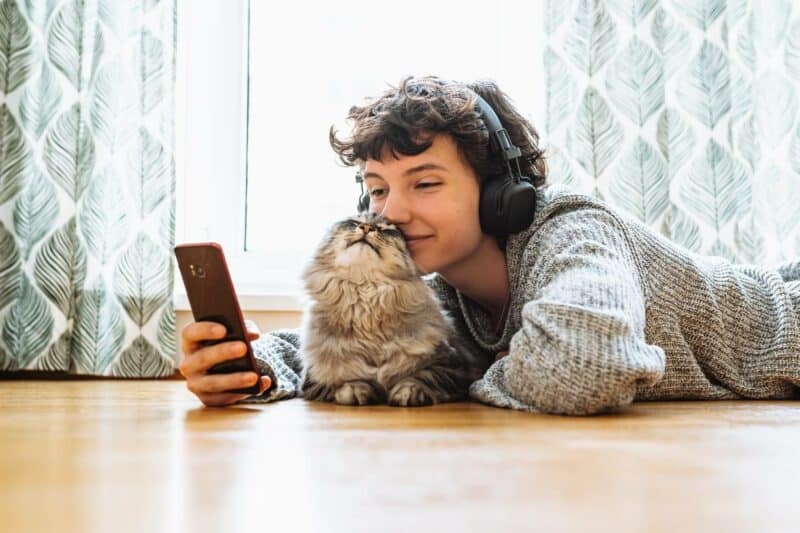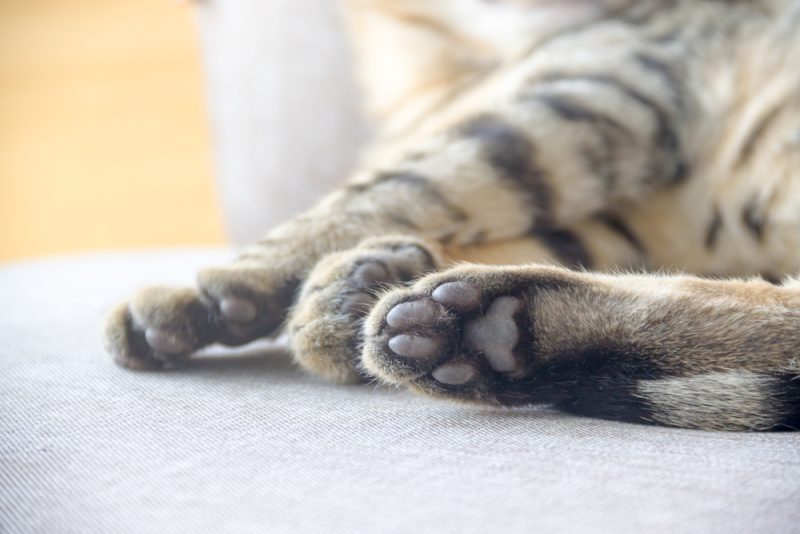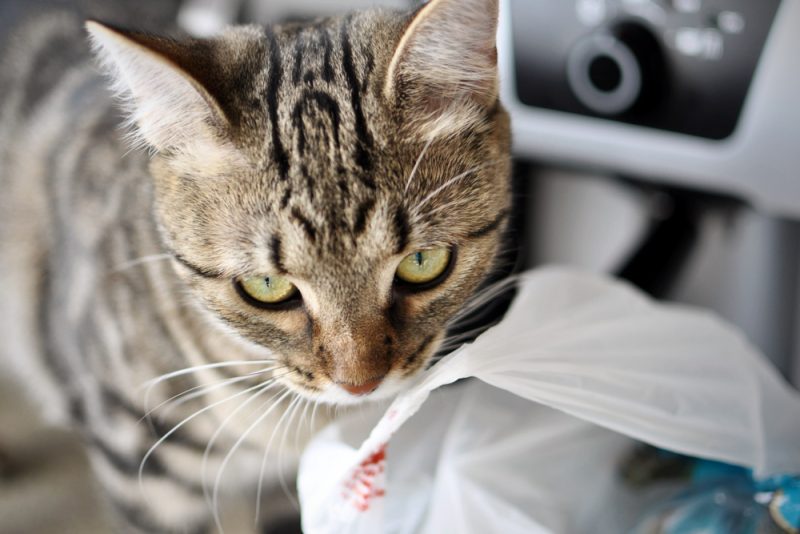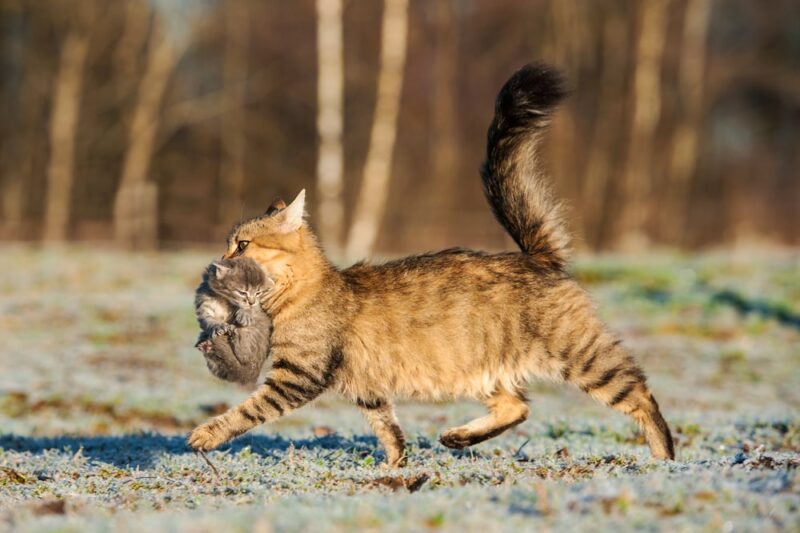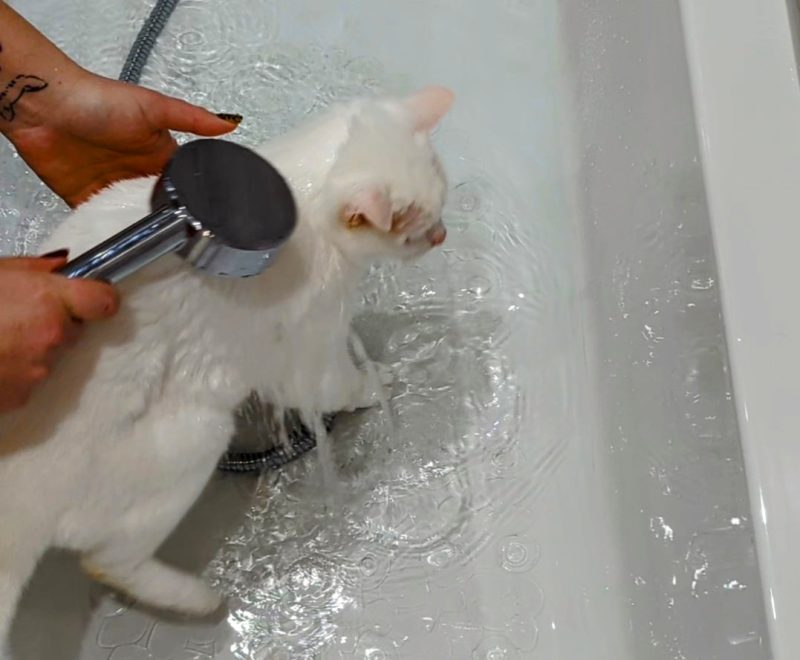When I sit at my desk and type on my laptop, my cat, Mimosa, usually attempts to help out. Obviously, as she’s a cat, this largely involves plotting to walk across the keyboard or steal my chair from out under me and claim it as a napping spot. Productivity does not exactly bloom when she decides to intern for me.
It’s fair to say that I don’t think Mimosa would be of much use in the real-world workforce (unless professional plant destroyer is a legitimate career). But that’s not to say our feline friends are totally incapable of holding down day jobs — and a book by Lisa Rogak titled Cats on the Job shines a light on these dutiful kitties.
With the time profiling 50 of the world’s most hard-working felines, I spoke to Lisa about pressing issues like napping on the job, some of the more curious vocations cats have chosen to pursue, and the hot kitty employment issues that need to be debated during the next presidential election.
(Disclaimer: Some of my musings on New York City’s esteemed bodega cats are included in the book; I was paid for my services and likely frittered the money away on truffle salts and cat-themed craft beer.)
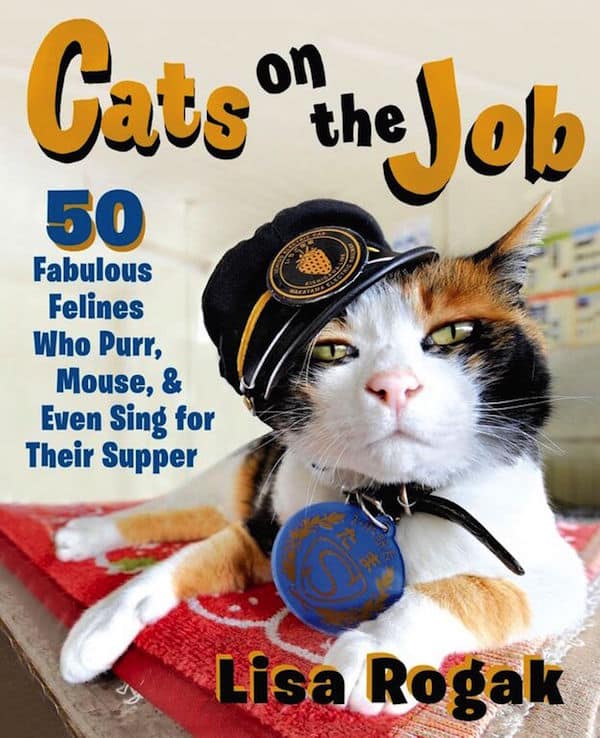
Catster: What’s the most bizarre job you came across while putting the book together?
Lisa Rogak: When it comes right down to it, the idea of any cat working is pretty bizarre. But once I started to research working cats for the book, that preconception pretty much fell by the wayside. And every time I came upon one that I would have never mashed up on my own — security-guard cat, really? — and also found that it was actually the cat’s idea to start working in the first place — crossing-guard cat, anyone? — then they became less bizarre. My initial thoughts about working cats morphed into the idea of what can’t a cat do.
That said, the most touching job by far was Tom the hospice cat, who works at a VA hospital in Virginia. He accompanies nurses and workers on their rounds, visits with patients and their families, and makes everyone feel just a little bit better about being there, which is a pretty tough job. Essentially, Tom walked in the first day and hit the ground running; he knew exactly what to do.
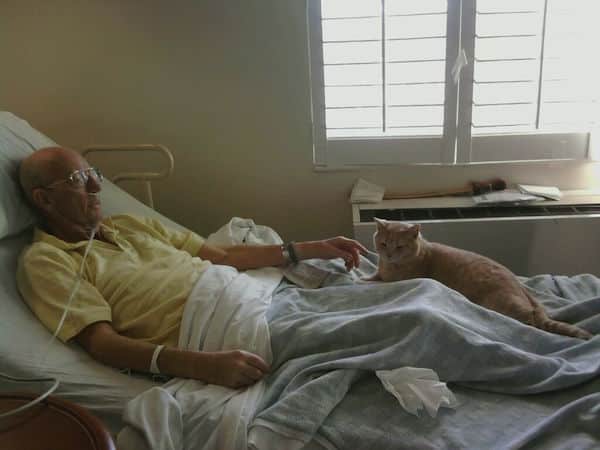
What skills do you think cats bring to the workforce?
A certain devil-may-care attitude combined with the resolve to just get the job done no matter what — even though it might take longer than their human colleagues would like. Except for the last part, how many humans could you say that about? Plus, they reduce stress across the board for coworkers and visitors alike.
Which traditionally human jobs do you think cats would be most equipped to take over?
Receptionist and anything involving meet and greet; even if they’re asleep, their very presence sends out a strong message that this is a different kind of workplace. But they should probably avoid anything that involves heavy machinery.
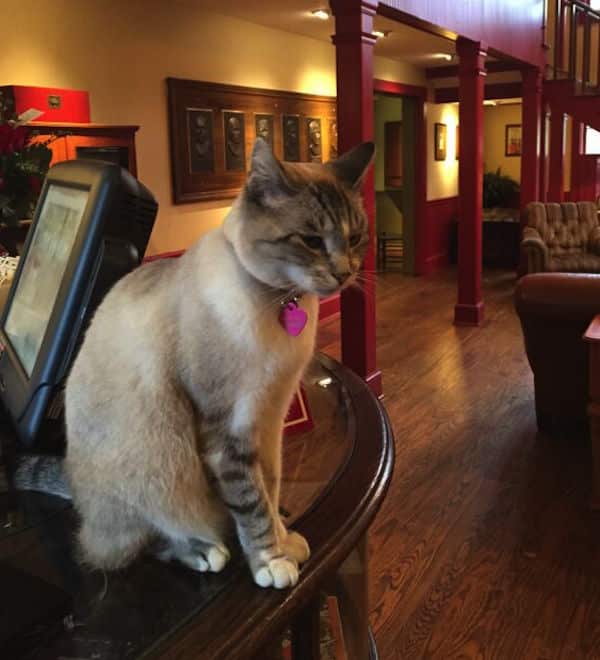
Most cats like to sleep for about 18 hours a day. How do working cats combat the urge to nap?
They don’t. Fortunately, working cats are such a novelty that many humans will happily pay them to snooze away on the job.
One of the cats in the book is a dog-trainer cat. What should dogs learn from cats?
To take it down a notch — or three.
From a working cat’s point of view, what key issues would they like to see debated during the next presidential election?
Oh, there are many! Everything from the health and future of American fisheries and legalizing catnip to illegal cats crossing the border and the continuing cat-astrophic weather patterns. And what will the candidates do about feral cat communities and allowing therapy cats into hospitals, not just therapy dogs? Lastly, tighter restrictions on the use of laser pointers would be appreciated.
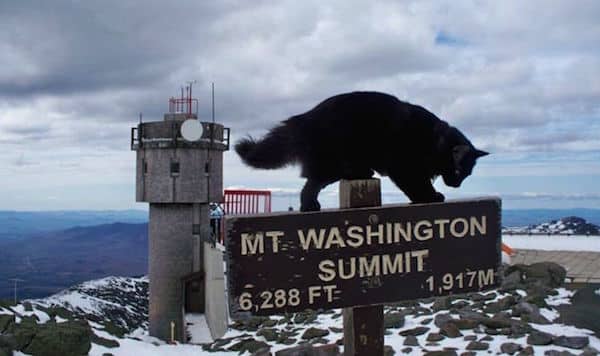
Who’s the cat on the cover of the book?
That’s Tama the train stationmaster cat. She was an amazing cat; she single-pawedly saved a small struggling train line in Japan from going bankrupt.
The train company’s owner decided to put a neighborhood stray in charge, and soon more people began to ride the train. In fact, ridership grew so much that they added a gift shop, bought more trains, painted Tama’s cartoon likeness on the side, and even remodeled the train station — it’s shaped like a cat! All the while, Tama was training a couple of proteges to take over her duties as she grew older. (Tama even appeared in an Aflac commercial.)
Unfortunately, Tama passed away in August 2015, so one of her apprentices named Nitama was named as her successor.
Thanks for the interview, Lisa! Cats on the Job is available on Amazon.
About the author: Phillip Mlynar writes about cats, music, food, and sometimes a mix of all three. He considers himself the world’s foremost expert on rappers’ cats.
